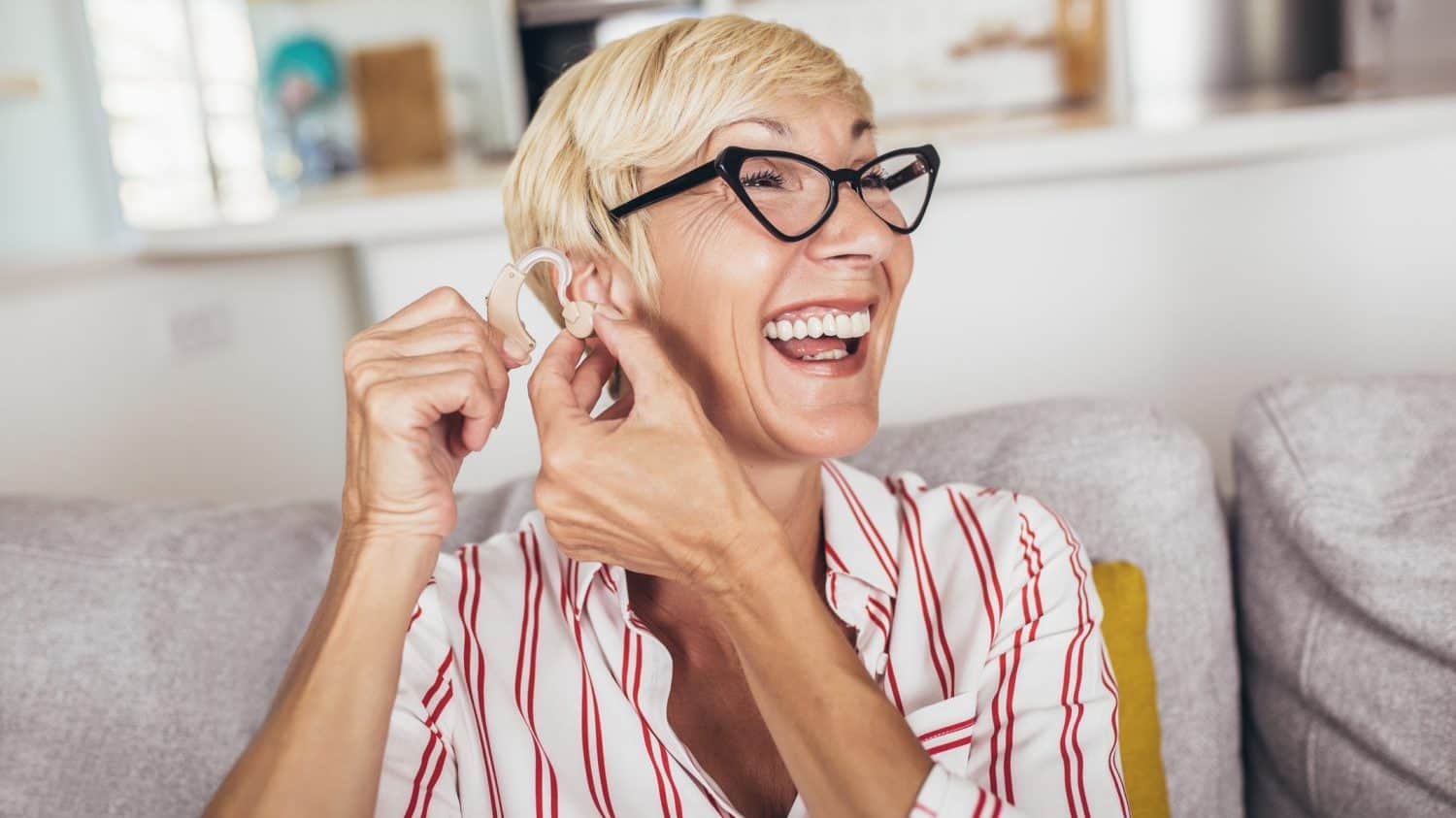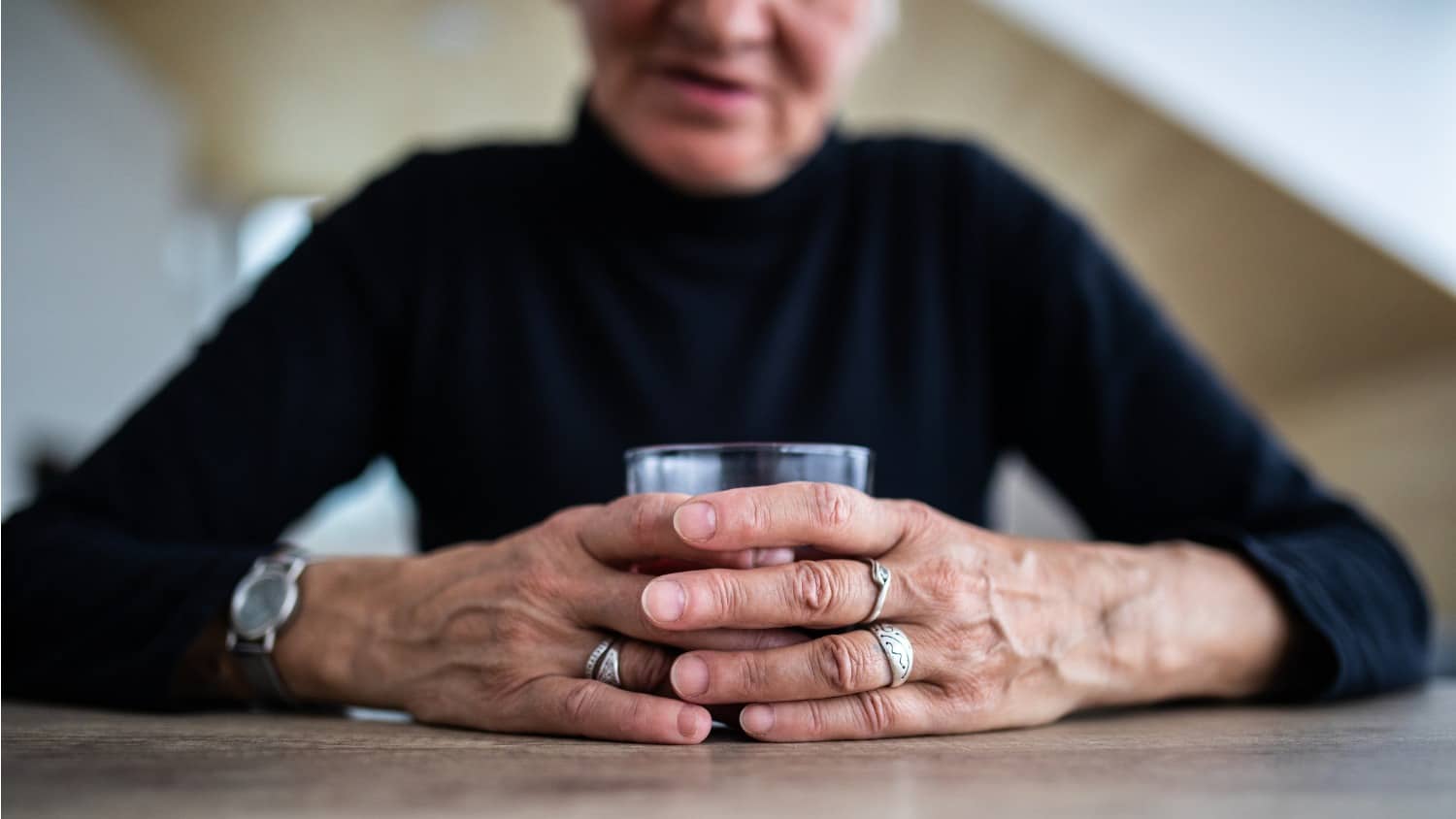
Physical Activity Guide For Seniors
The older you are, the more you can benefit from physical activity. Despite this, many find as they age, their activity level decreases. Reported barriers to participation in exercise for older adults include safety, fear, health concerns, pain, fatigue, and lack of social support. So what physical activity should seniors do?
What Are The Benefits Of Staying Active?
There is strong evidence that seniors who partake in physical activity have lower rates of diabetes, hypertension, coronary heart disease, colon cancer, breast cancer and hypertension. They are also likely to have a healthier body mass, enhanced bone mass, higher levels of functional health, better cognitive function and a decreased risk of falling.
Physical activity not only helps your physical health, but also your mental health. There is a well documented link between physical activity and increased mood-enhancement within as little as five minutes post exercise. Long term, exercise has been found to help alleviate depression and reduce your risk of developing Dementia/Alzheimer’s.
Importantly for many, it can also help you stay independent and in your home for longer.
The Senior Physical Activity Guidelines
The World Health Organisation suggests older adults aged 65 and above should follow the below guidelines:
- Older adults should aim to do one of the following:
- At least 150 minutes of moderate intensity aerobic physical activity throughout the week
- At least 75 minutes of vigorous intensity aerobic physical activity throughout the week
- A combination of moderate and vigorous intensity activity.
- Aerobic activity should be completed in bouts of at least 10 minute duration
- For additional health benefits, older adults should increase their time spent doing physical activity to one of the following:
- At least 300 minutes of moderate intensity aerobic physical activity throughout the week
- At least 150 minutes of vigorous intensity aerobic physical activity throughout the week
- A combination of moderate and vigorous intensity activity.
- Older adults with poor mobility should perform physical activity to enhance balance and prevent falls on 3 or more days per week.
- Older adults should perform muscle strengthening activities, involving major muscle groups, on 2 or more days a week.
- If unable to complete the recommended amounts of physical activity due to health conditions, be as physically active as conditions and abilities allow.
What Exactly Is Aerobic Physical Activity?
Aerobic exercise provides cardiovascular activity. It increases your heart rate and breathing rate. Over time, you will notice your stamina improve and that you are able to carry out the same activity with less effort.
In short, aerobic physical activity can be classed as any rhythmic continuous activity. Great examples are walking, running, dancing, aerobics, sitting aerobics, swimming, pickleball or cycling. Activities such as gardening, dog walking and household chores also count!
One of the most common blockers seniors report to starting running is knowing exactly how to get started. What was a relatively simple activity in our younger years can be intimidating as we age. Perley-Ann Friedman explains how running is easy, but does require some planning. Taking the effort to carefully plan your running can make all the difference. She explains how in 6 easy steps on how to start running after 60.
Strength Training
As we age, our muscles naturally begin to shrink and lose mass. This process starts in our 30s but accelerates in our 50/60s.
There is strong evidence that strength and power training can mitigate the effects of aging on neuromuscular function and functional capacity. Various forms of resistance training have potential to improve muscle strength, mass, and power output. In addition, chronic resistance exercise improves bone mineral density and decreases abdominal and visceral fat mass in adults. For these reasons, resistance exercise is often considered a “medicine”.
If you are worried about ‘bulking’ out by lifting weights, fear not. Despite what you often read online, strength training is actually an excellent way to tone and burn fat. Using weights will not turn you into the hulk! It is also incredibly important for functional independence. If you can combine strength and power training into your workout, you will retain lifelong vitality.
Strength / resistance training can be completed using hand weights, weight machines, resistance bands or even just your own body weight. If you aren’t sure where to start, 5 non negotiable rules of strength training for women over 50 is a great introduction.
Balance
Falling is often quoted as people’s number one fear as they age. Improving balance is a significant contributing factor to mitigating the risks. Not only do balance activities help reduce the risk of a fall, they can lower the risk of injury if a fall does occur. Many believe that improving your mobility and balance is the key to survival and healthspan.
Balance activities tend to fall into two categories, stationary or active. Stationary exercises are performed standing still, holding a specific position for a set amount of time trying not to move from the starting position. Active exercises move your centre of gravity, such as walking along a line or turning in a circle. Including strength training to help the muscles in your legs, core (stomach area) and back get stronger can be particularly beneficial for seeing improvements with balance.
Performing balance exercises can feel strange – you will more than likely feel unstable, wobble or have to hold onto something. Specialist exercise instructor Claudine Aherne explains what you should expect to feel and how to know you are doing it correctly in this article.
Apart from standing on one leg, what other balance exercises can you try? These 3 exercises work on strengthening your core. Your core literally stabilizes your entire body – so if this is strong, balance becomes much easier.
If you are looking for something a bit more energetic, why not try rebounding. The unstable surface and constant change in centre of gravity makes it a fun and active way to improve your balance, alongside a host of other benefits.
Will Activity Help Joint Pain?
Many seniors treat joint pain as a part of getting older, but there are many things you can do to help. Keeping your joints mobile and undertaking some basic movement patterns and stretching will help improve flexibility and joint range of motion. Yoga, Tai Chi and Pilates are all excellent modes of activity to help with both of these.
If you have never tried yoga, you may think it is for the younger generation, or those still mobile enough to contort their bodies into all kinds of shapes. Our Introduction to Gentle Yoga for Older Adults explains exactly why that isn’t true and pinpoints exactly why yoga is so important for people of all ages, no matter your level of mobility. If your mobility is limited, chair yoga may be the perfect solution.
How To Get Started
The goal is to do at least 150 minutes of moderate physical activity or 75 minutes of vigorous physical activity a week. However, if you are currently inactive, or doing less than this amount, it is important to start slowly and work up to this volume.
Our three top tips for becoming more active:
#1 Start Small – Find opportunities to move throughout the day. Take the stairs, walk to the mailbox, vacuum a room in the house. Every little bit adds up! A wearable step counter can be a great way to start. Set yourself a target number of steps per day and try to hit that number. The fitter you get, the higher your target step count can be.
#2 Find Something You Enjoy – If you enjoy the activity you are much more likely to stick with it. Even better – find a friend to join you so you can motivate each other and keep each other going. You may feel comfortable exercising at home or attending a generic exercise class at a local gym. If not, find your local Area Agency on Aging and enquire about any senior exercise classes they offer!
#3 Know Your Body – The key is to not do too much too soon. If you have any underlying health issues, always visit your health care provider before you start a new exercise program to get the all clear.
Becoming more active is one of the best decisions you can make for your health. It will help you stay independent for longer and reduce your risk of age related injuries or illnesses. For more ideas on activities check out our fitness section.






